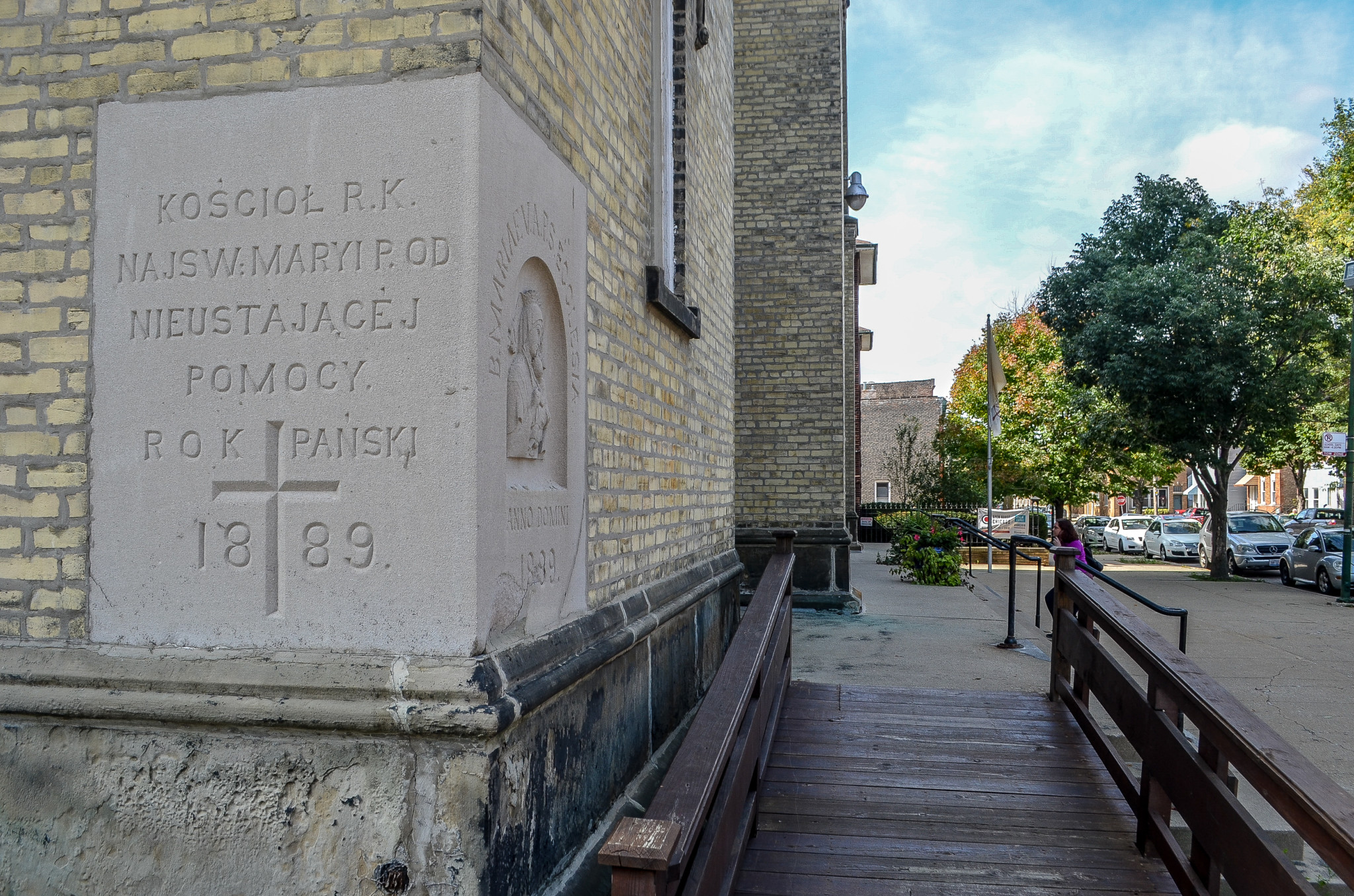
St. Mary of Perpetual Help, 1039 W. 32nd St.
With its distinctive verdigris dome visible throughout much of Bridgeport, one could say that St. Mary of Perpetual Help serves as an unofficial symbol of the neighborhood. It’s fitting—the parish was opened in 1880 to serve Polish workers at the Union Stockyards just to the south—and we’d be hard-pressed to name a more beautiful building in the immediate area (though the Ling Shen Ching Tze Buddhist Temple down the street comes close). (Sam Stecklow)

The Givins Castle/Beverly Unitarian Church, 10255 S. Seeley Ave.
Billed as “Chicago’s only castle,” this fortress built of limestone—from Joliet!—really does look like a castle with its two large turrets and prominent crenellations. Erected in 1887 by a real estate developer, it was bought by the Unitarian Church in 1942. Now, in addition to a congregation, it serves preschoolers from Beverly and surrounding environs at the Beverly Castle Academy—which, naturally, has its own castle-like playground. (Christian Belanger)
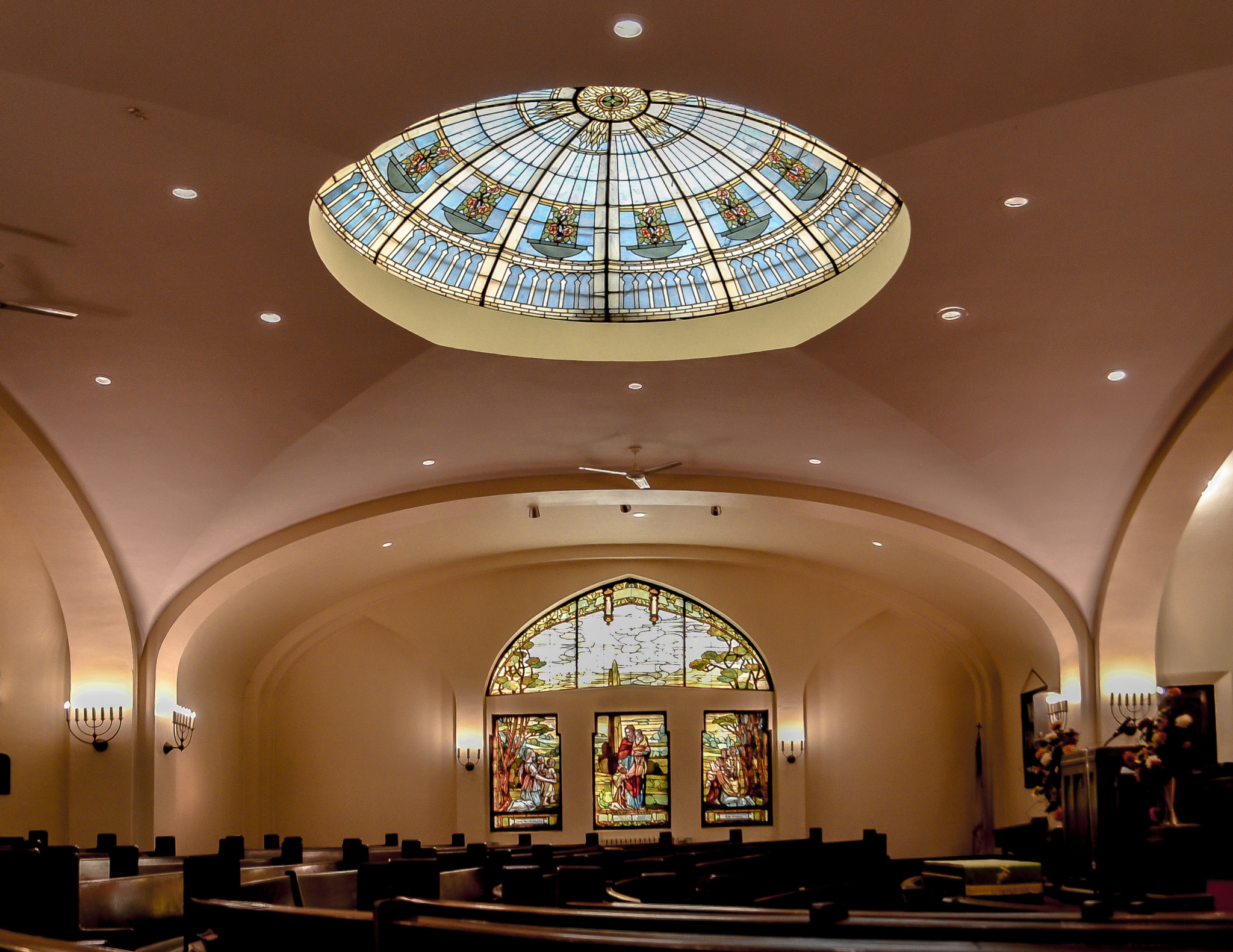
Morgan Park United Methodist Church, 11030 S. Longwood Dr.
For over 130 years, Morgan Park UMC has grown and contracted with the tiny residential Far Southwest Side neighborhood, founded as a village by Protestants and eventually annexed into Chicago as a Catholic neighborhood. As the neighborhood underwent severe changes over the years, the church proclaimed itself to be doors-open to LGBTQ congregants and congregants of color, both as a calling of its ministry and to fill its huge Prairie Style building, designed by original Morgan Park village architect Harry Hale Waterman. (Sam Stecklow)
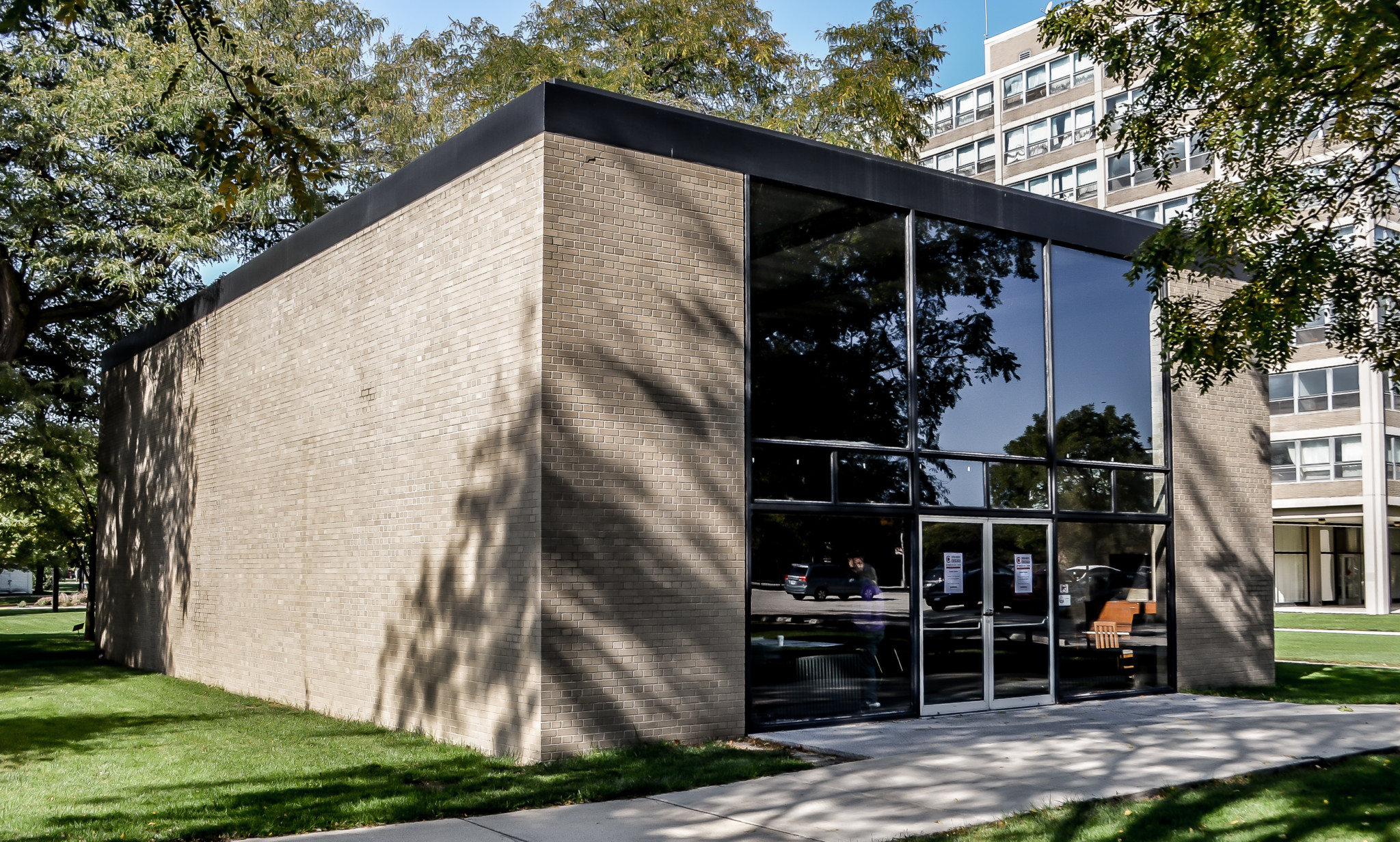
Robert F. Carr Memorial Chapel of St. Savior, 65 E. 32nd St.
Described by its architect, Mies van der Rohe, as “nothing spectacular,” this beige-brick chapel, completed in 1952, sits quietly at the corner of the Illinois Institute of Technology’s Bronzeville campus. It’s nicknamed “The God Box” for its spare, simple plan: a single floor, a cross hanging behind a block of travertine marble, folding chairs and tables leaning against one of the walls. Reportedly sponsored by the Episcopal Church as part of an attempt to reconcile religion and science after World War II, the chapel has nevertheless always been non-denominational, open to students of any faith. (Christian Belanger)
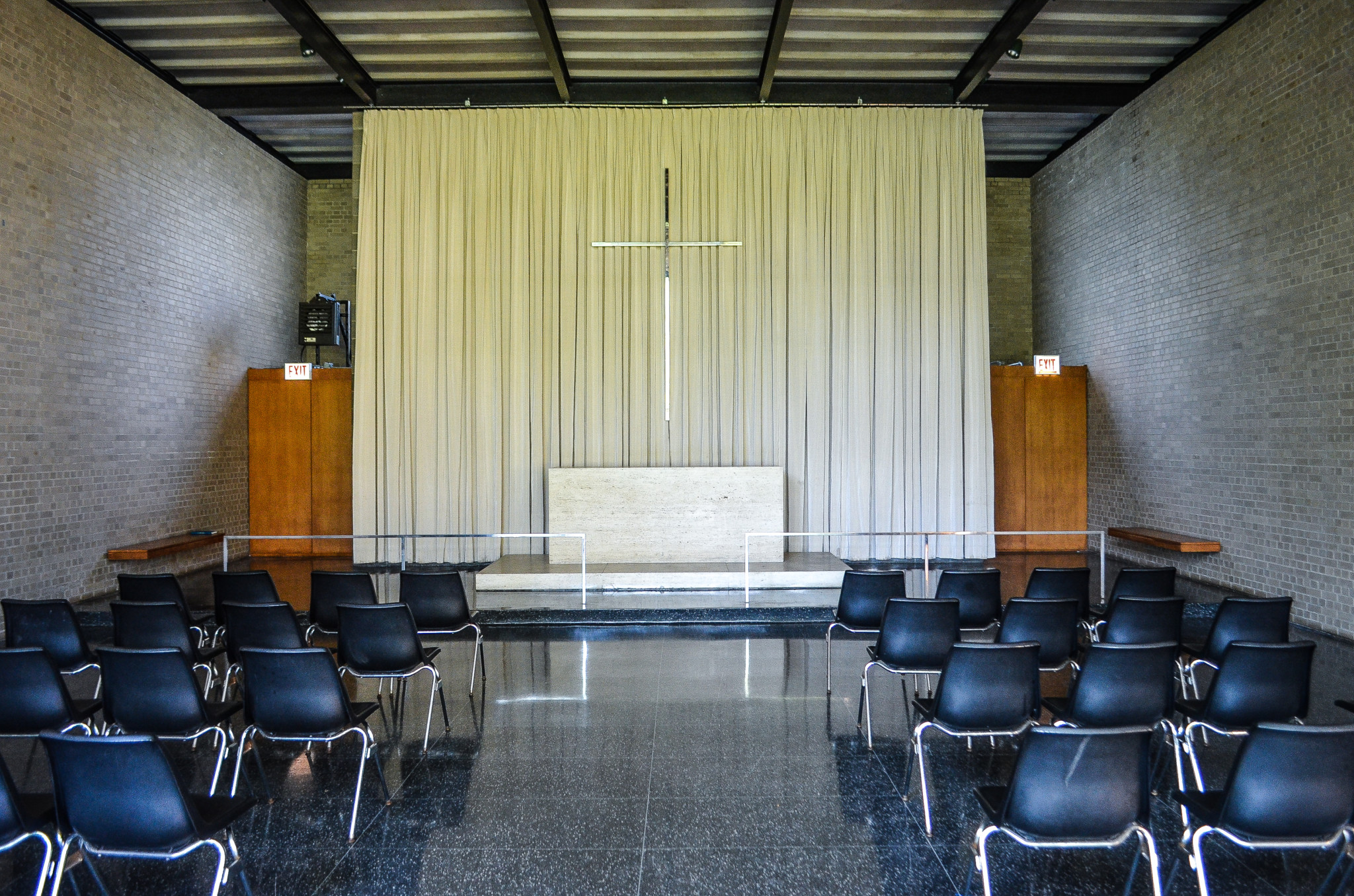
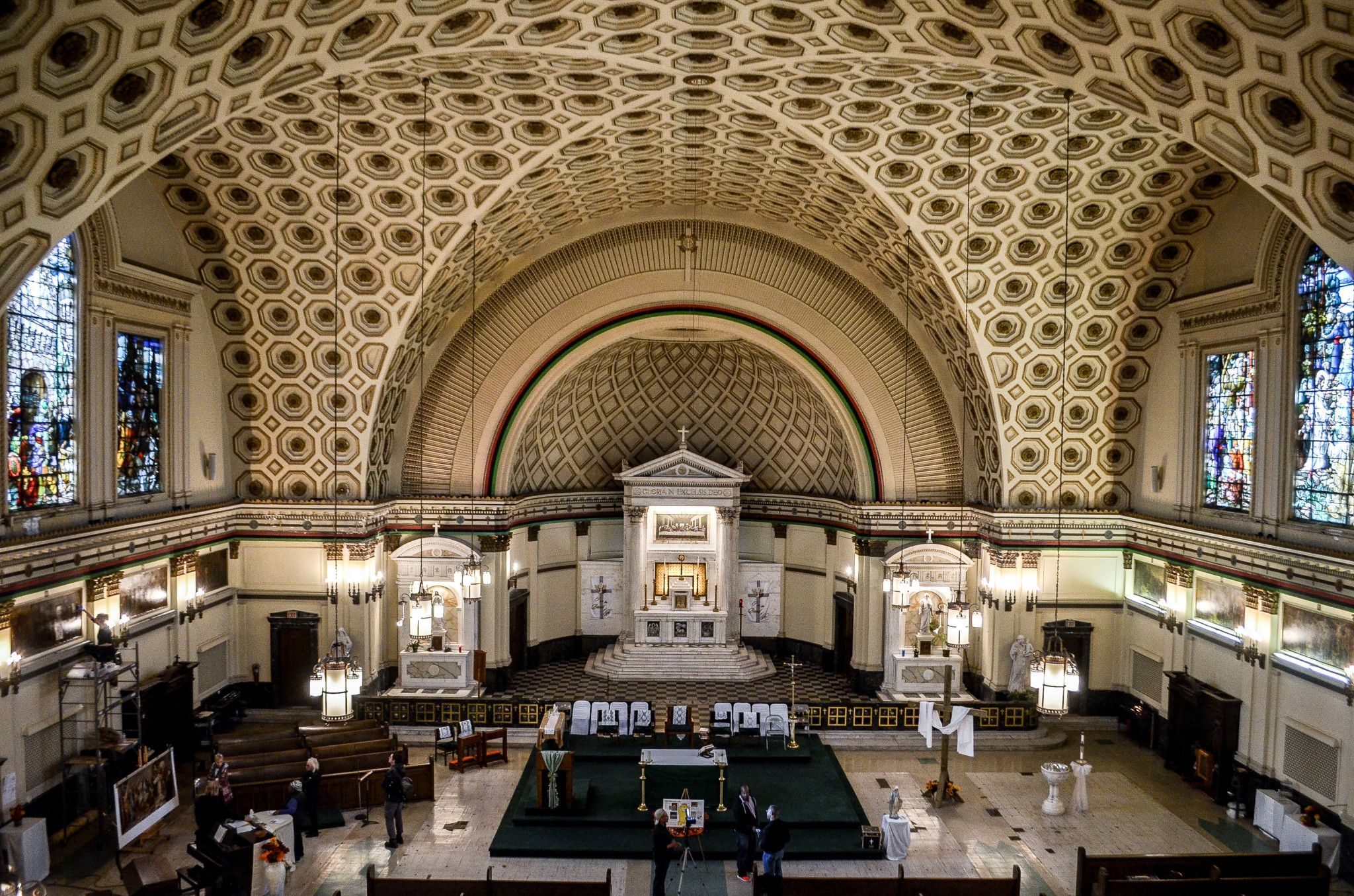
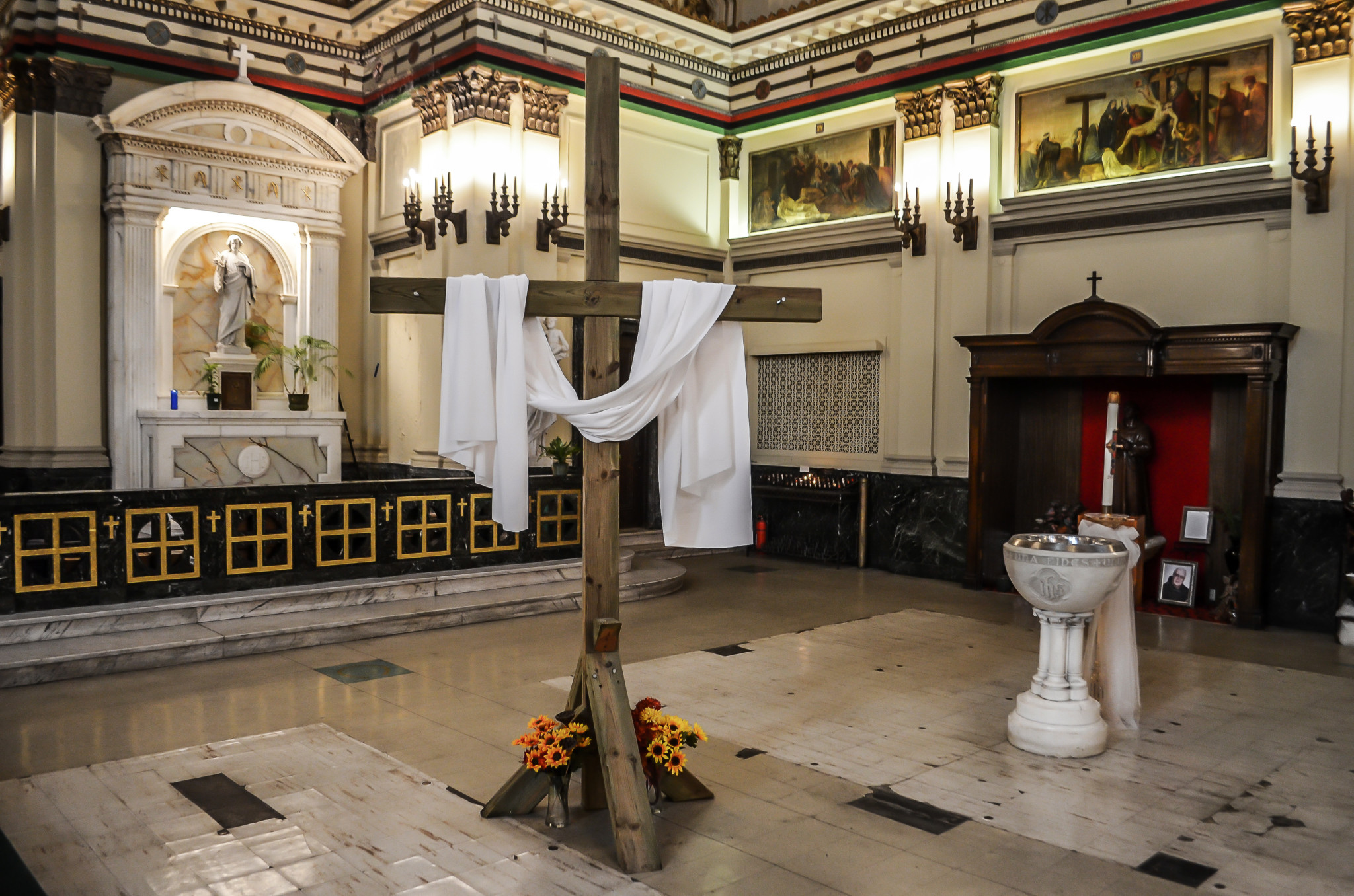
Corpus Christi Catholic Church, 4920 S. King Dr.
When the parishioners of Corpus Christi first congregated in 1901, many were wealthy and of Irish descent. But when the Great Migration came from the South, the Bronzeville church’s community began to include Black families and ultimately became a Black parish. The church, while in need of major repairs, is home to a column-free, visually stunning sanctuary ceiling with 500 coffers. (Bridget Vaughn)
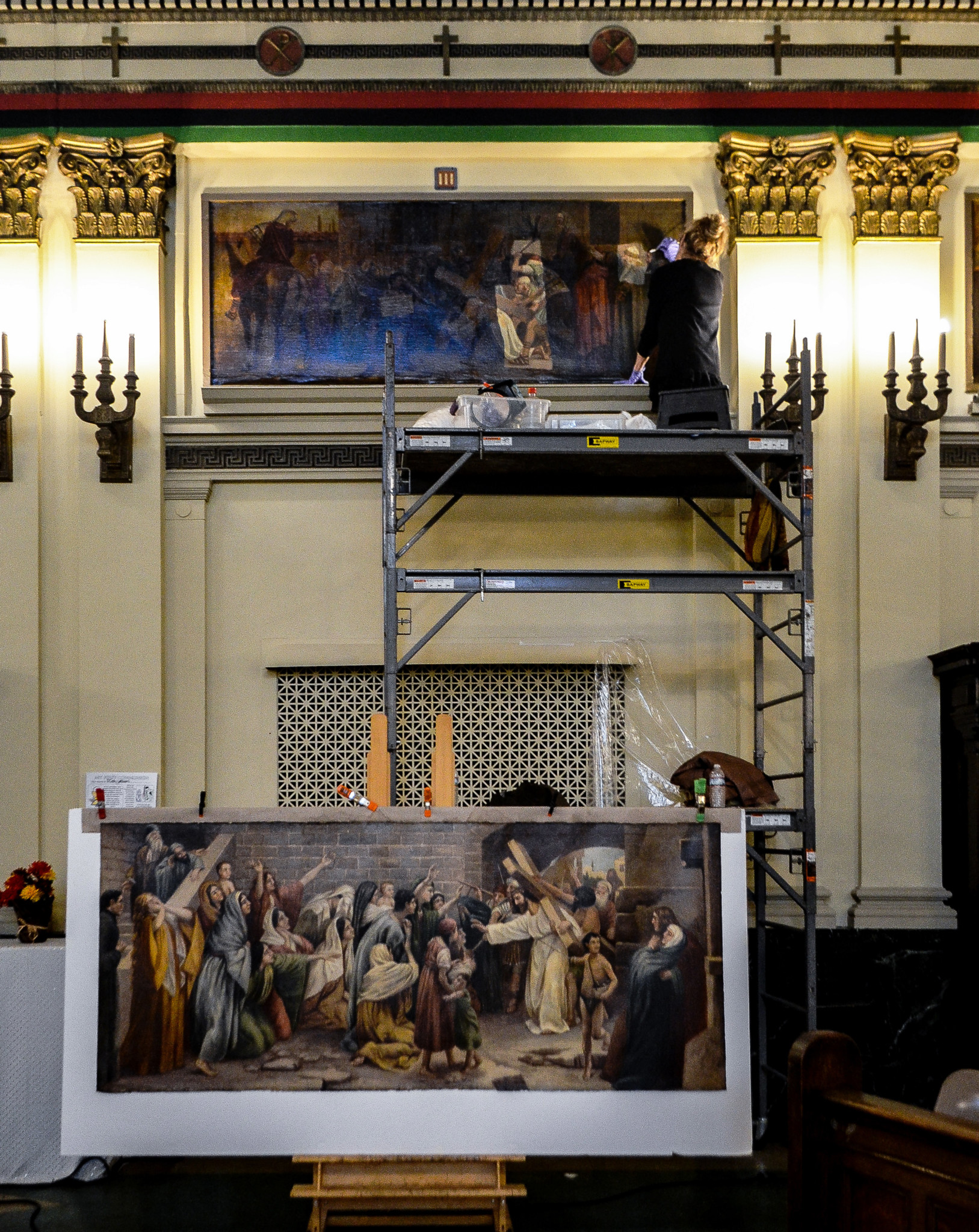
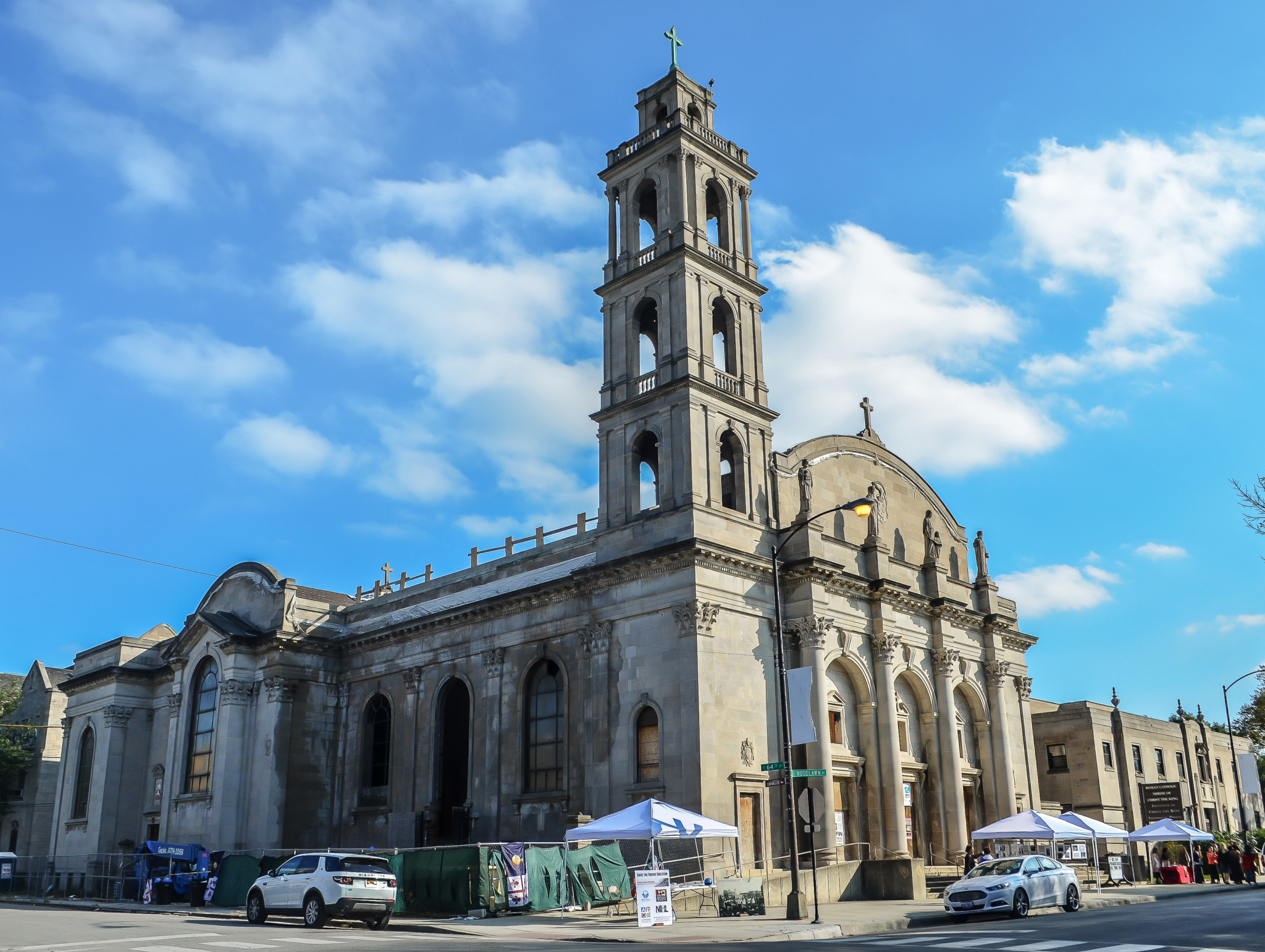
Shrine of Christ the King, 6145 S. Woodlawn Ave.
Two major fires will not keep the pastor and parishioners from restoring Christ the King, their Woodlawn church home. In the late 1970s, this historic landmark lost its original interior in a fire. Then, in 2015—after ten years of renovations and upgrades—the church went up in smoke and flames once again, leaving nothing but the brick structure. At its peak, the flames that destroyed Christ the King reached 1,800 degrees: the temperature it takes to bend the steel beams holding up the church and the cross itself. But a new roof is almost complete, and the soot-covered brick walls are much cleaner. While there is still a long way to go, the progress is encouraging. (Bridget Vaughn)
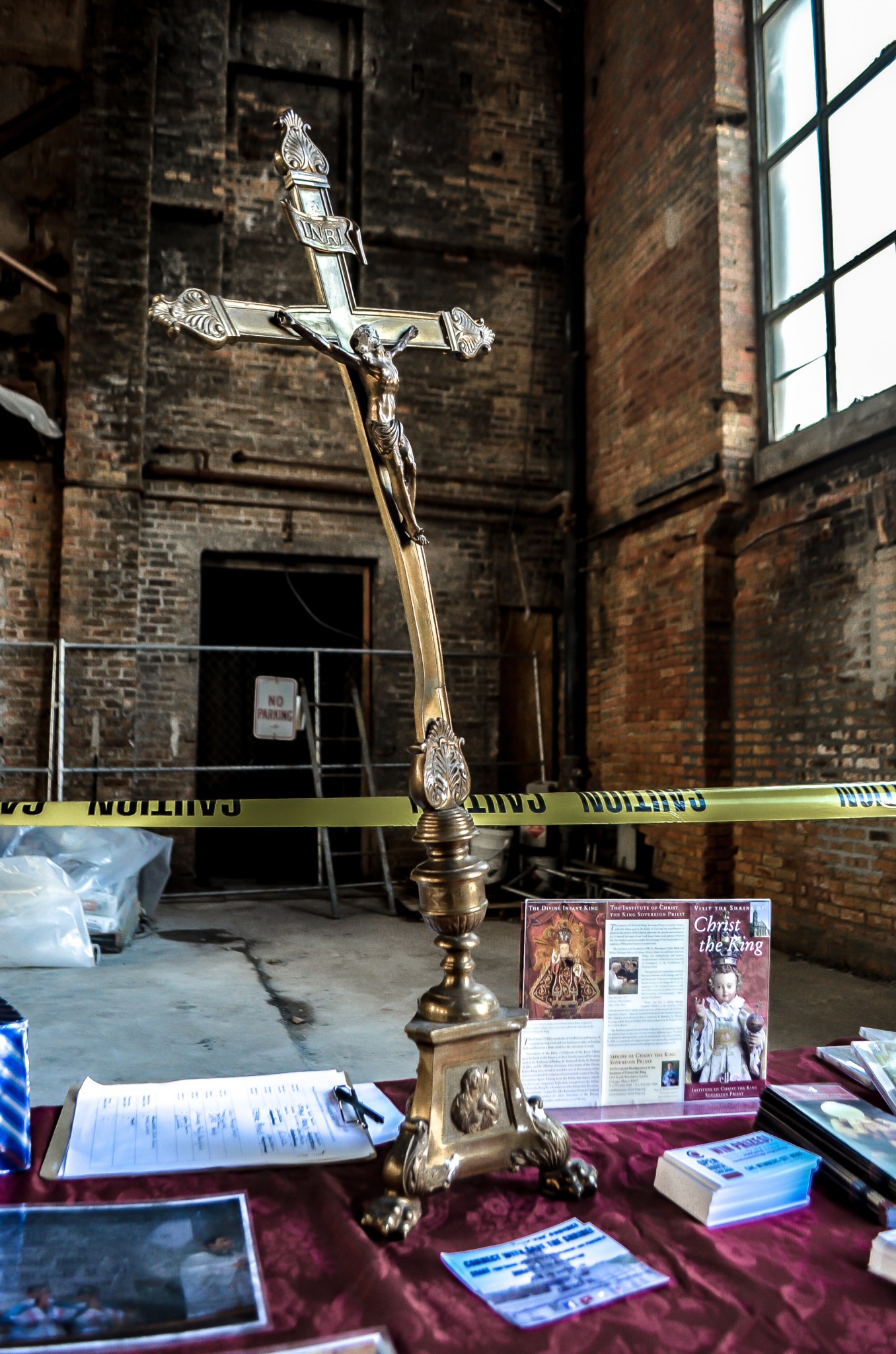
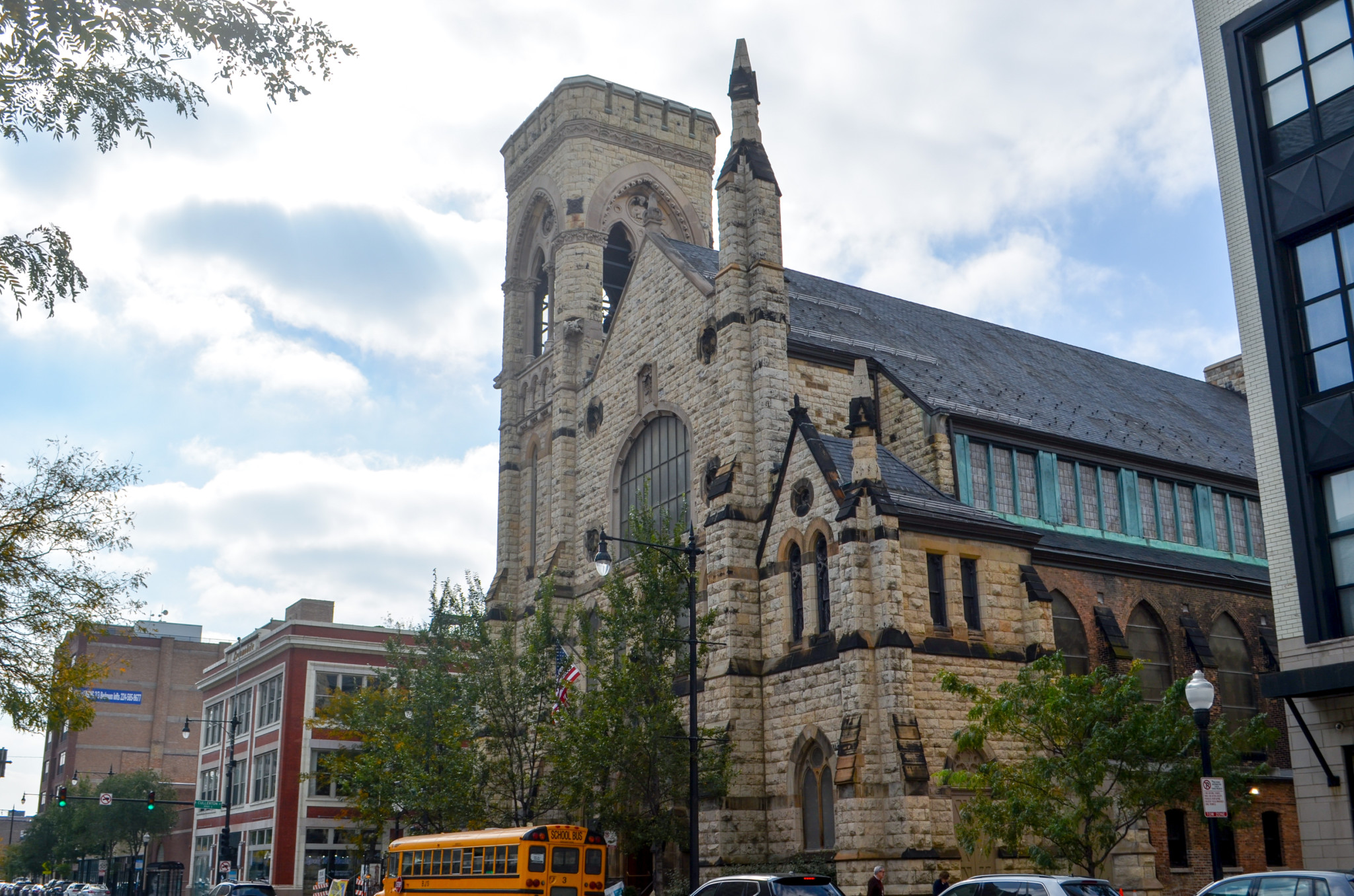
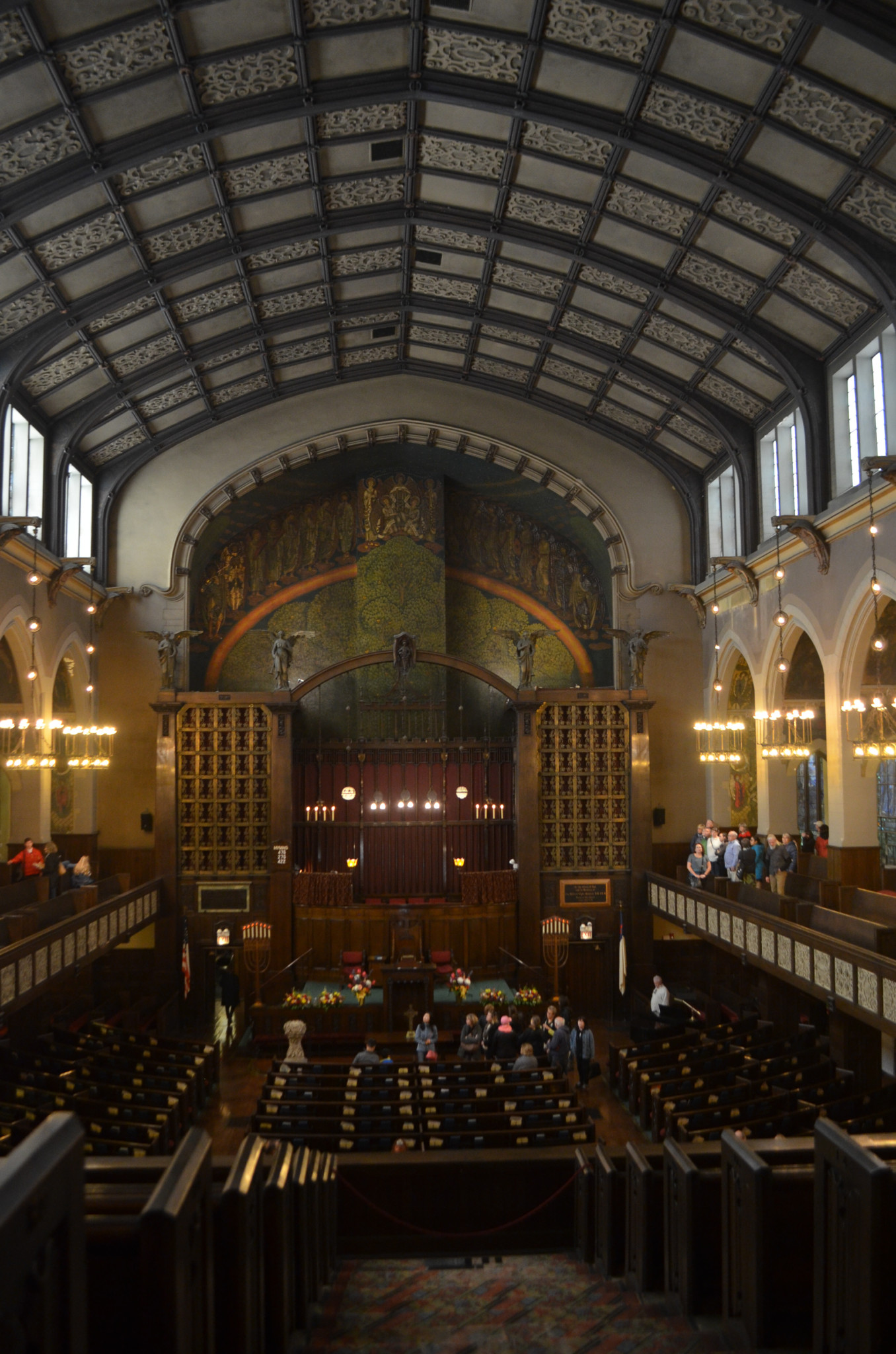
Second Presbyterian Church, 1936 S. Michigan Ave.
There’s something at once foreboding and inviting about Second Presbyterian, which looms over a residential South Loop stretch of Michigan Avenue like a friendly specter. The immense Gothic exterior, combined with a plainspoken Arts and Crafts interior (completely redone after a turn-of-the-century fire), hints at the church’s long and tenuous history, from its founding as an abolitionist church to its near-closure in the 1960s to being named a National Historic Landmark in 2013. Second Presbyterian remains the only church in Chicago to have been awarded that honor. (Sam Stecklow)
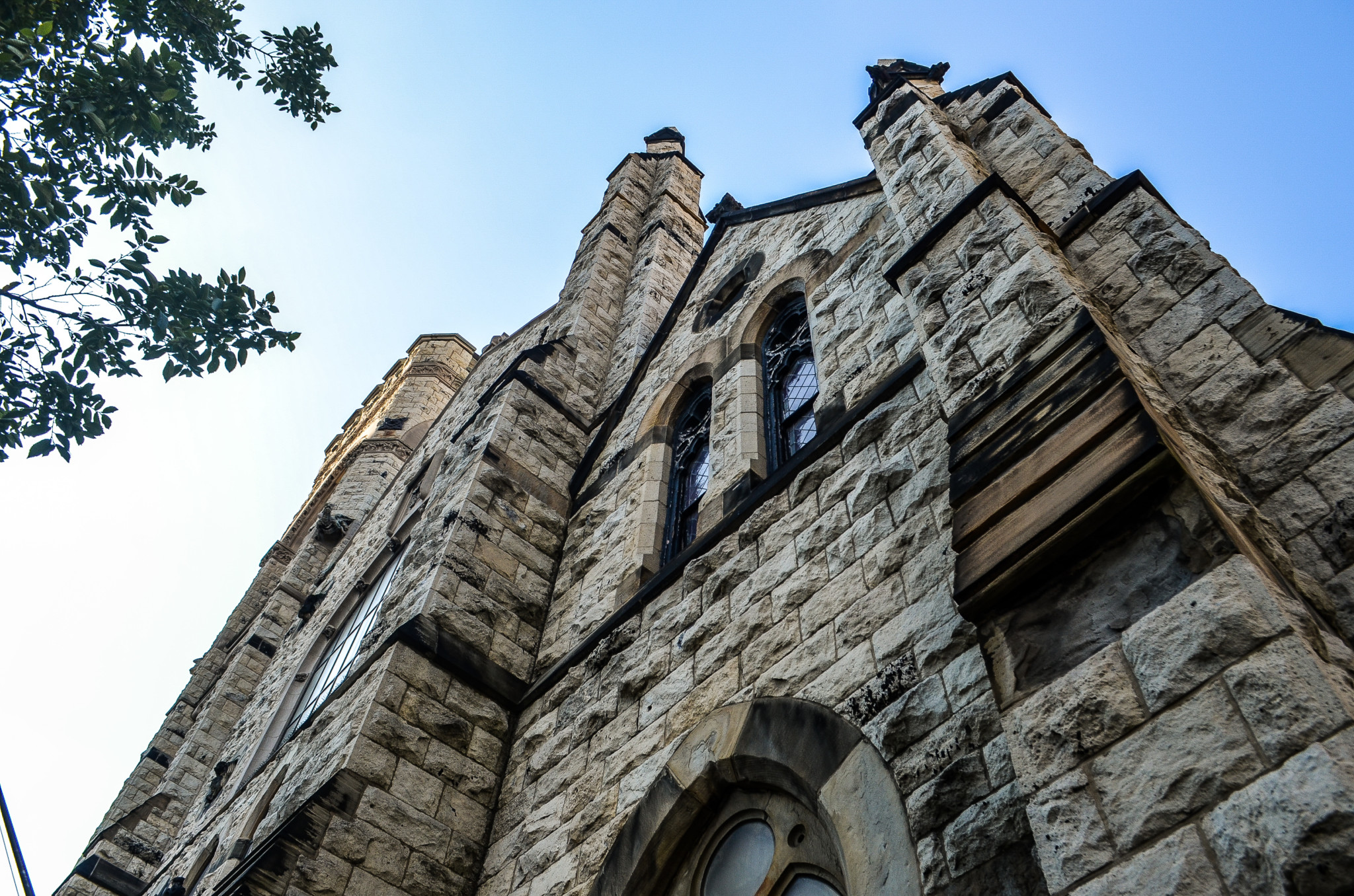
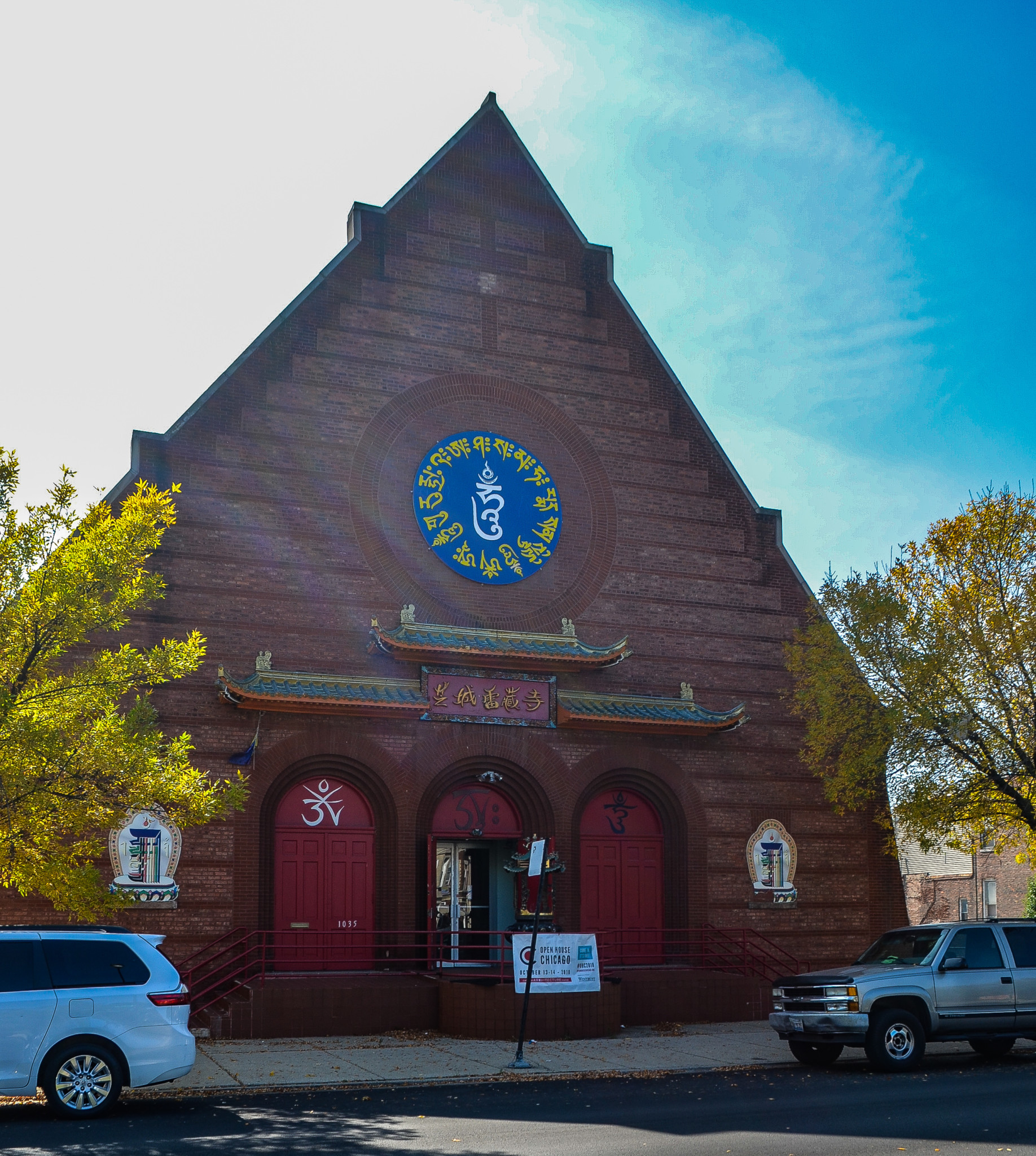
Ling Shen Ching Tze Buddhist Temple, 1035 W. 31st St.
When John Wellborn Root died in 1891, partway through the construction of the Emmanuel Presbyterian Church, his partner Daniel Burnham took over and finished the job for him. Over the next century-and-a-quarter, the Bridgeport building passed from organization to organization: a gym; a Knights of Columbus hall; even, according to the Tribune, a bingo parlor. In the early nineties, it opened as a Buddhist temple, decorated with Vajrayana imagery. And while it’s normally closed to the public, you can still walk by and admire the impressive red-brick triangle of its facade poking trepidatiously into the sky. (Christian Belanger)
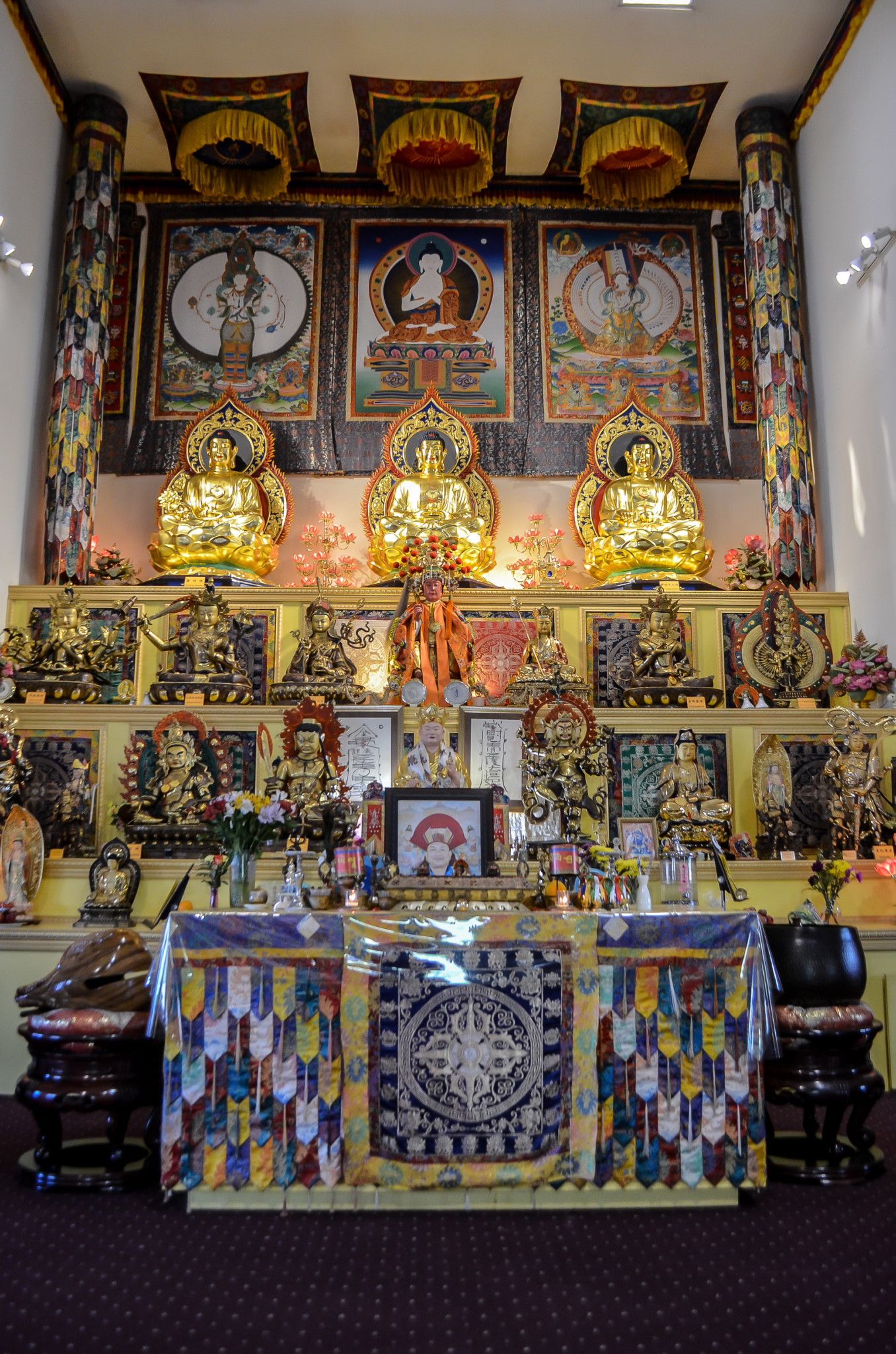
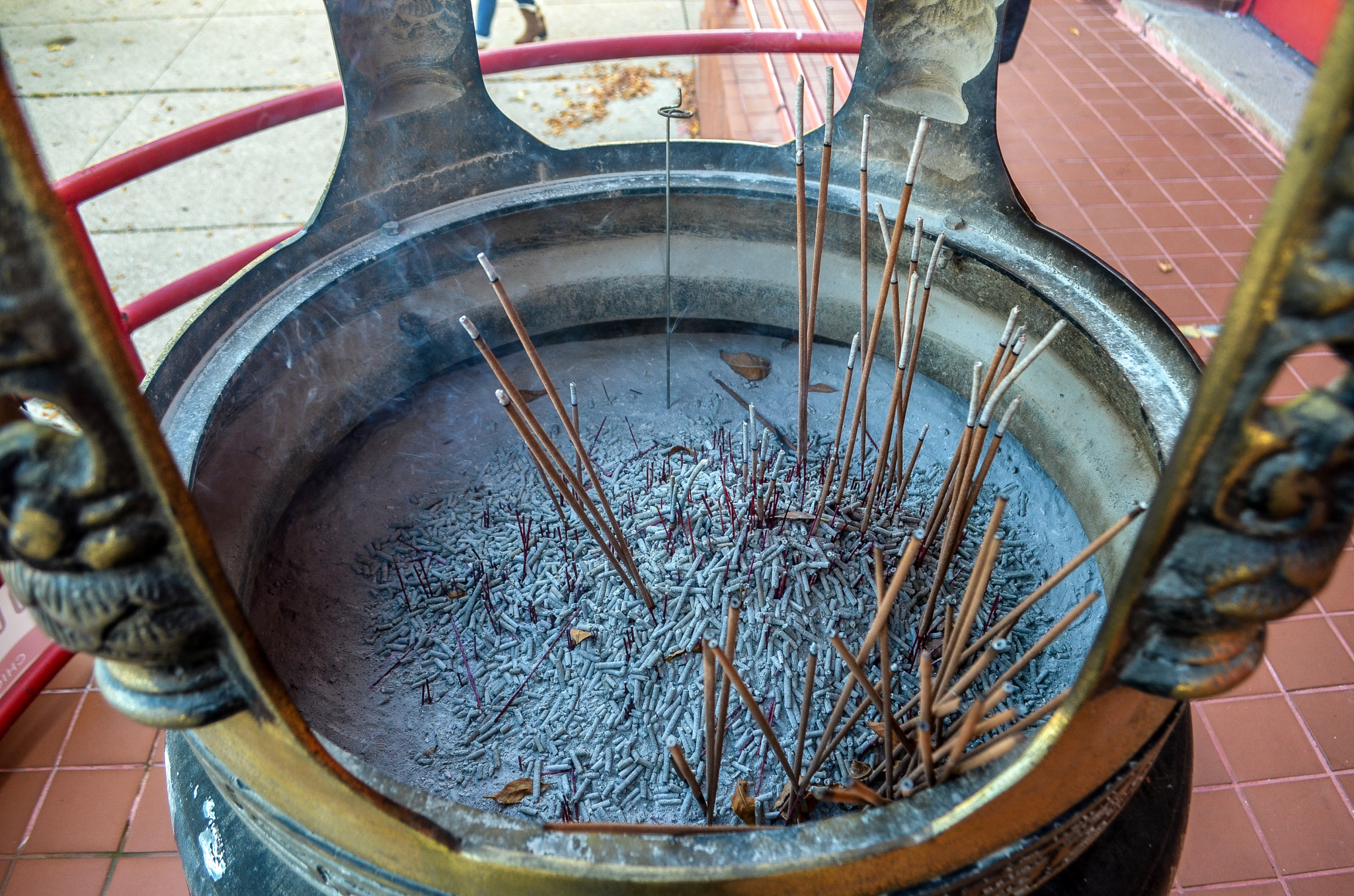
Bridget Vaughn is a producer for South Side Weekly Radio and a photographer for the Weekly. She last coordinated coverage of Chatham for the Weekly’s Best of the South Side issue.

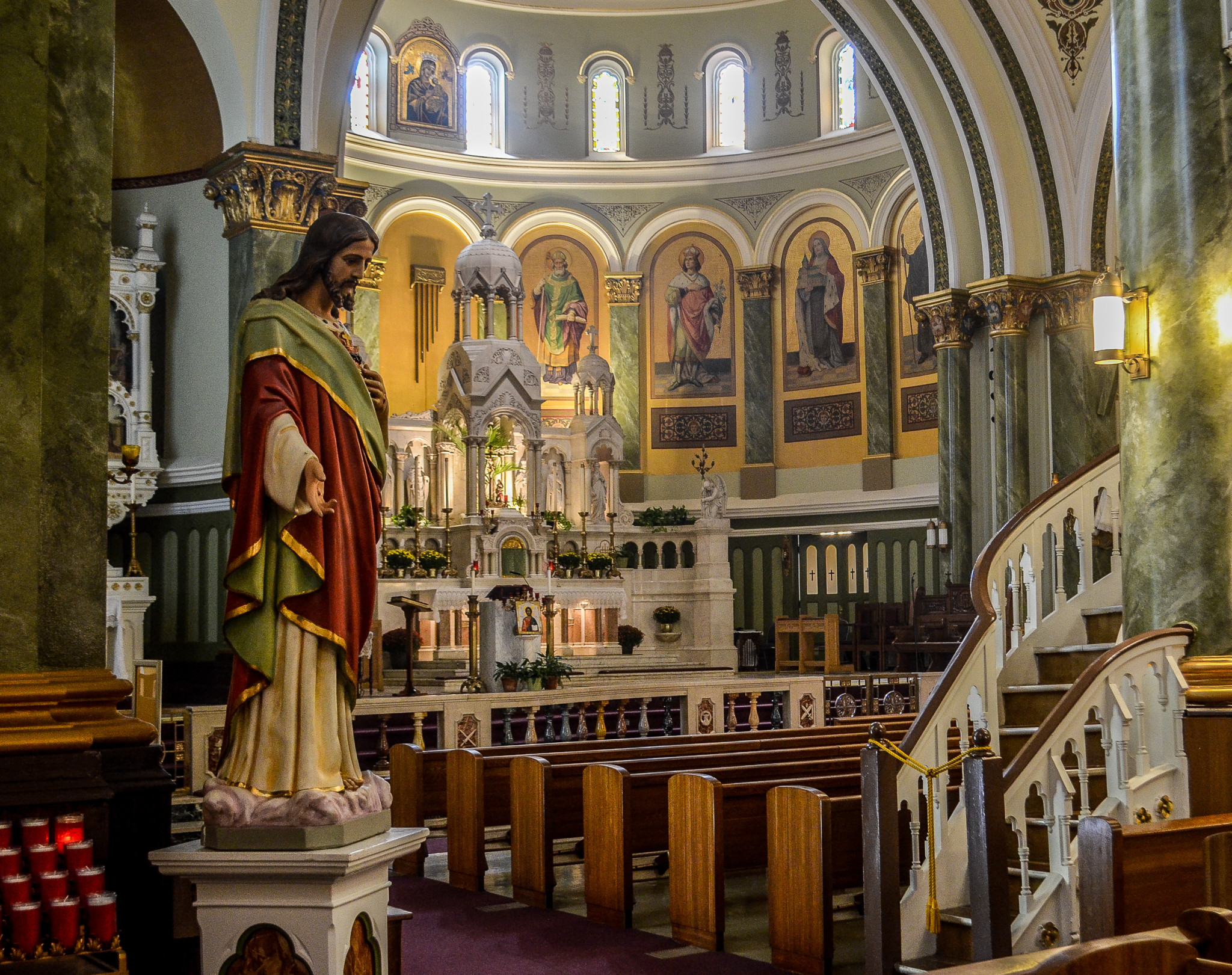
Beautiful photography and beautiful churches. So nice to be able to see the inside of these places of worship that most of have never seen. Thank you for sharing Bridget.
Gregg
Gregg,
I appreciate your kind words. Thank you for your acknowledgment of my labor of love.
I couldn’t fit Open House Chicago into my schedule. No worries! This photo essay placed me and my couch right on site. Thanks Bridget. You’re an exceptional docent, journalist and photographer.
I’m glad you were able to stay cozy and still get a glimpse of the fabulous and unique structures that remain on the city’s south side. Each on carries its own history and uniqueness.
Chicago is infamous for its ethnic diversity and rarely do we get a glimpse into the spirituality of the different cultures to see the foundation that they are built upon. Bridget has captured an extraordinary topography of faith-based places of worship in Chicago to be viewed around the world and at our leisure. These beautiful buildings are full of great stories and hopefully, some of them will be shared here. I simply love this article because it inspires me to learn more about the vast history and significance of spirituality in a city that has such a diverse selection of religions to explore! Magnificent!
These are really good Bridget!
The architecture of churches has always fascinated me. The detail so amazing, the Artisans craftsmanship is breathtaking. I love your perspective and framing of each photo, great angels, lighting, etc… You Rock!
Thank you for taking us on a journey to see what we would not otherwise see. Beautiful photography. Deep history. Well done Bridget!
Thank you Bridget for such an informative piece with beautiful photography!
Spectacular images of a cross-section of places of worship on Chicago’s South Side. The historical overview provided for each church reminds us that there is rich legacy behind every architectural gem in the city.
As a native of Chicago, I am left speechless at the many wonders that this city holds!! These photos are truly amazing! Great job Bridget!
There are so many architectural gems on the south side and this visually stimulating presentation gives an insider’s view of several. Great job of raising awareness of the beauty in our own backyards.
Beautiful artistic work with awesome historical data. Great work Bridget. I write to this comment after viewing but it didn’t save. great Job BV.
The south side of Chicago has a bunch of hidden architectural gems. Thanks for giving us an up close view of just some of the beauty nestled in our own backyards.
Well done. The photographs of these churches along with the brief, succinct history is appreciated . Well done.
Bridget, thanks for sharing this. They are wonderful photos and the history of these buildings and their communities is very interesting. I was unaware of most of these churches. Your photos bring them to life.
Much appreciation to Bridget for showcasing these architectural gems. You have a way of using the camera to capture images that is yours alone. Also enjoyed reading the narratives. Learned so much. Great job!!!